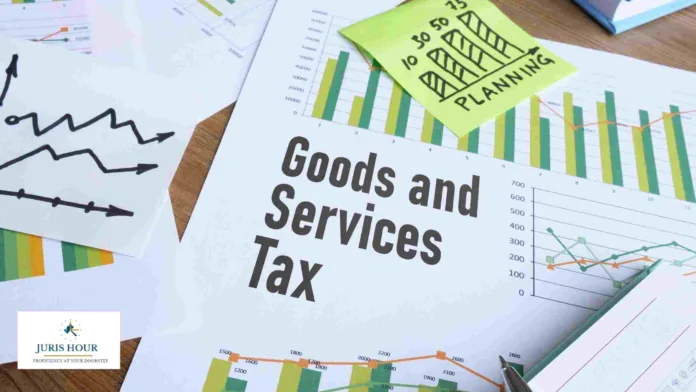The Goods and Services Tax (GST) Council, chaired by Union Finance Minister Nirmala Sitharaman, is likely to introduce a new GST rate structure by late September, coinciding with the start of the festive season. According to reports, the notifications could be rolled out between September 22 and 27, around the time of Navratri.
The Council will convene in New Delhi on September 3–4 to discuss the Centre’s proposal for a simplified two-tier GST system. Government sources indicate that once the decision is finalised, official notifications will be issued within five to seven days.
From Four Rates to Two
Currently, India follows a four-tier GST system of 5%, 12%, 18% and 28%. Under the proposed reforms, this will be reduced to two key slabs—5% for ‘merit’ goods and services and 18% for ‘standard’ items. Luxury and sin goods such as ultra-premium cars will continue to attract a higher rate of 40%. Certain labour-intensive industries, including handicrafts and textiles, may retain ultra-low concessional rates of 0.1%, 0.3%, or 0.5% to protect employment.
The Group of Ministers (GoM) on rate rationalisation and compensation cess had earlier this week broadly endorsed the Centre’s plan, describing it as an important step towards tax simplification.
“GST 2.0” Reform Push
Prime Minister Narendra Modi had announced the reforms on Independence Day 2025, calling them “GST 2.0.” He said rationalising tax rates would ease the burden on farmers, middle-class households, and MSMEs while making India’s tax system more transparent.
Finance Minister Nirmala Sitharaman also emphasised that the revamped structure would strengthen self-reliance and boost manufacturing. “This proposal reflects our vision of next-generation GST reforms, aligned with India’s journey towards becoming an Atmanirbhar Bharat,” she said in her recent address to state finance ministers.
Relief on Insurance Premiums Under Consideration
One of the major recommendations under discussion is a GST exemption for individual health and life insurance premiums. Currently, such policies attract 18% GST. Bihar Deputy Chief Minister Samrat Choudhary, who heads the GoM on insurance, confirmed that the Centre has pushed for this relief, though some states have expressed reservations.
“The Centre has made it clear that health and life insurance policies for individuals and families should be exempt from GST. The final report will be placed before the Council,” Choudhary stated.
Next Steps
The recommendations from three key GoMs—covering rate rationalisation, insurance, and compensation cess—will be submitted to the GST Council by the end of October. The panels include ministers from 13 states, with participation from the Union Minister of State for Finance, the Goa Chief Minister, and several deputy chief ministers.
If approved, the rollout of the two-slab GST structure could mark the most significant tax reform since the introduction of GST in 2017.
Read More: GSTN Clarifies Erroneous GSTR-3A Notices Sent to Cancelled Composition Taxpayers

